Over sixty thousand years ago we started our visual communication. We didn’t just pop out making beautiful animal paintings. They didn’t just appear from nowhere, like a voice in the night. It took time to learn, to improve, to express. There was a learning curve, like anything else, to understand the materials and gain experience.
The caves at Altamira and Lascaux aren’t sketches. They are statements to future generations coming after them. They certainly weren’t regarded as frivolous decorations as they are mostly located deep within the ground, far below a casual walk in a mysterious cave. It took effort to see them and to create them. They had meaning for ancient people which we still study diligently. We endlessly ask why.
Tens upon tens of thousands of years our brains have been gleaning visual information from nature that has followed us to this day. A third of the brain’s energy is given to deciphering visual information and making decisions about that information.
We identify patterns in all of nature. This is for safety. We’ve needed to know if the silhouette in the tall grass is our family member or a mountain lion. We are excellent at pattern recognition.
This Spring, I’m dedicating an entire semester to working with portraiture and learning what is necessary to use the face and figure to depict narrative.
All of that training built our visual instincts. They flash forward whenever we look at a painting. We can detect the most insignificant angle or balance point, the subtlest value and color, the smallest shift in how a body is represented in two-dimensional space. That space represents the depth we see in nature.
While it becomes very important to understand how to mimic depth, it’s even more important to express character. We perceive body language so accurately that we can tell the difference in a painting between an awkwardly drawn figure and a figure that’s been distorted to suggest character.
We know the human head so well, we can even pick up implied emotion. A tilt of the head, chin lowered, or eyes slightly closed fit patterns we feel before we even notice how those feelings are projected. This makes those hand gestures, head angles, and facial expressions critical for communicating ideas.
This Spring, I’m dedicating an entire semester to working with portraiture and learning what is necessary to use the face and figure to depict narrative. “Portrait As Story” will focus entirely on developing likenesses and using those portraits to understand body language.
Almost everything needed to learn good figure work starts with understanding how to depict the human head. Over fourteen weeks, we’ll get a chance to draw and paint multiple head studies for character, emotions, structure, lighting, likeness, and projecting concepts. We’ll take one of the most difficult aspects of any painting, good head structure, and learn the subtleties it takes to grab a viewer’s attention.
Are all your figures supporting a head that looks like a superhero in every shot? Can you only seem to paint the head from one angle, usually straight on, or profile? Don’t allow these limitations for your work. Here’s a quick sample of what kind of subtle observations we’ll make in my class together: study the portraits below, then ask yourself how often are you able to depict faces with their mouths open?
I’ll demonstrate painting heads, from capturing a likeness to capturing an attitude. Once you start working with the head, you’re paintings will develop much more life, drama, and interest. You’ll be able to depict subtle, yet rich expressions and tell stories with your visions. This is the mark of a skilled visual storyteller. It is how you influence an audience. And that’s when your portfolio shines.
It’s a small class with one-on-one attention, long discussions of complicated issues we face and the very necessary solutions for gaining insight going forward.
This is NOT your typical portrait-study class. I don’t throw a model under a light and say, “paint.” I’m going to guide HOW to study a face, then HOW to use it. All of it based on thousands of years of pattern recognition.
Let’s make 2021 a year of growth. You’ll soon be able to look at a face for more information…and never the same way again.


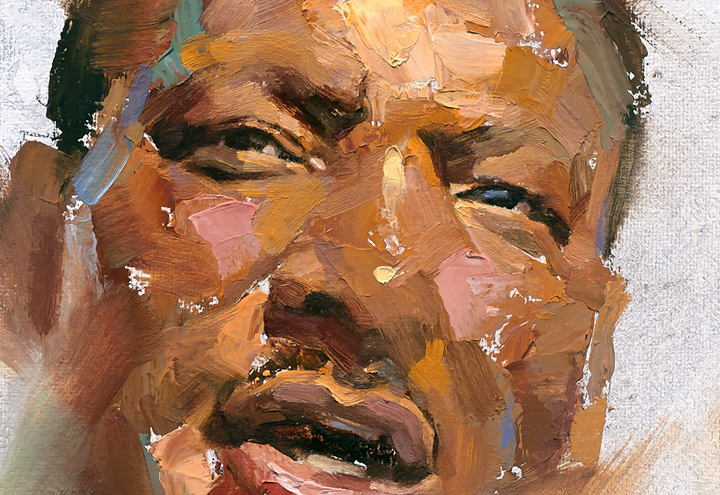
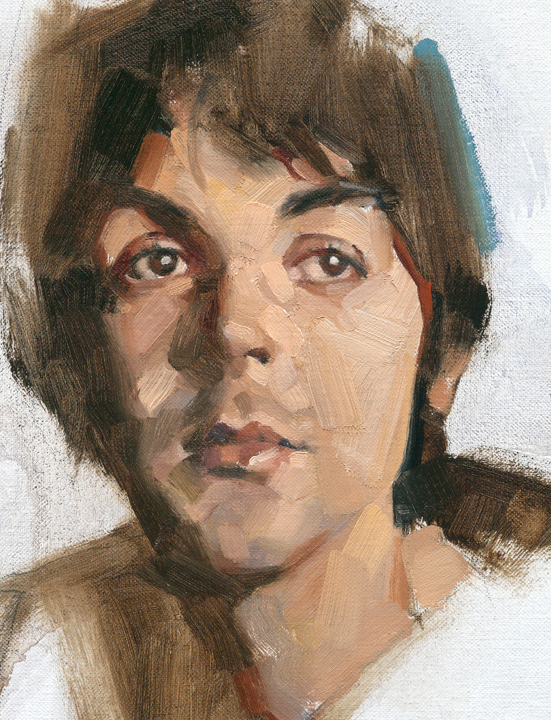
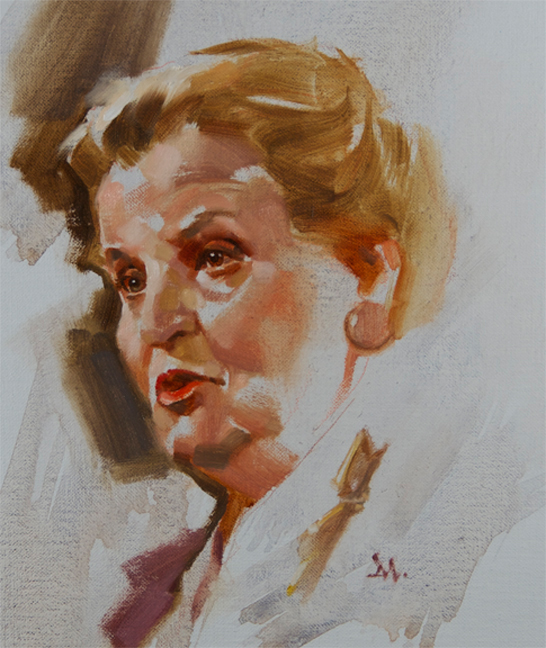

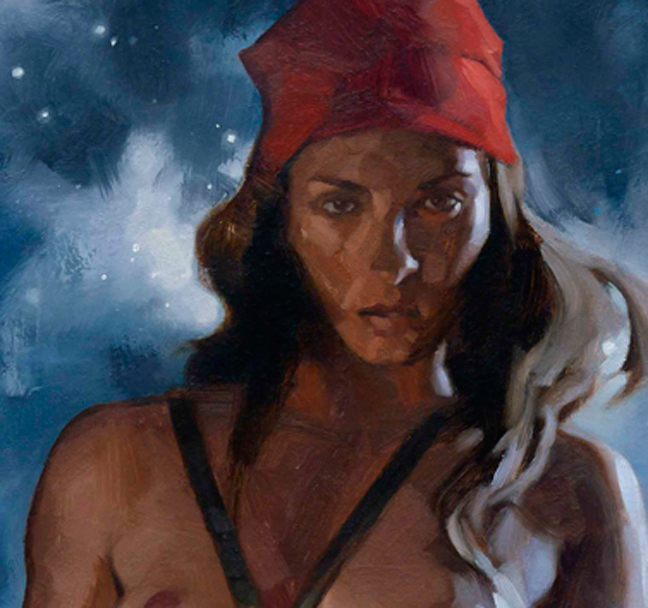
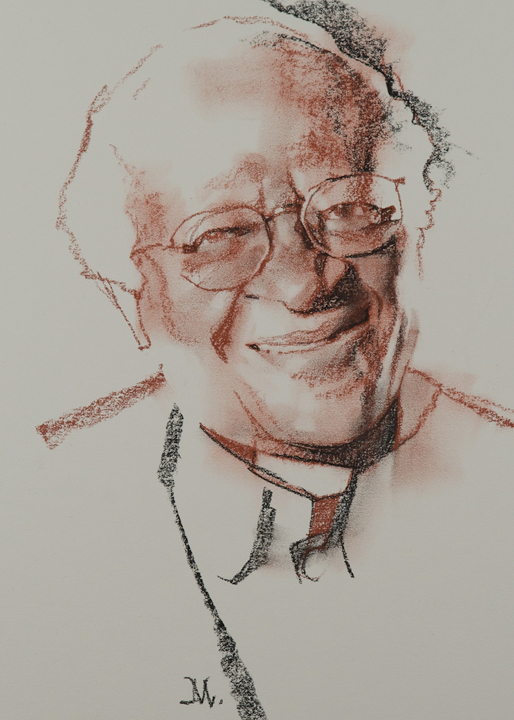
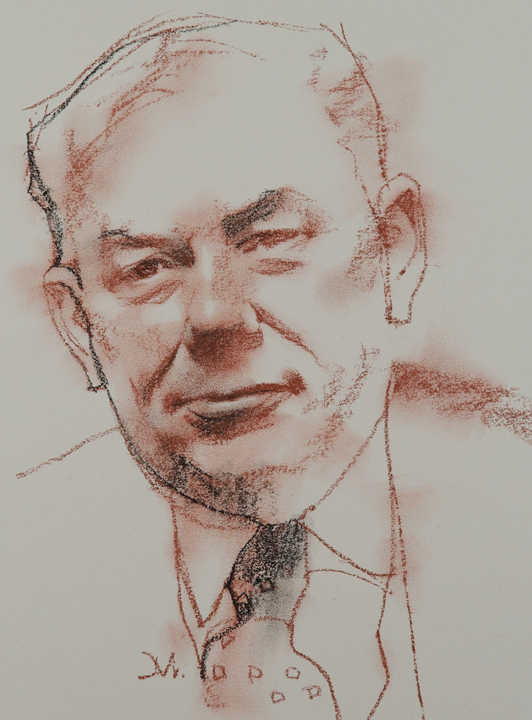
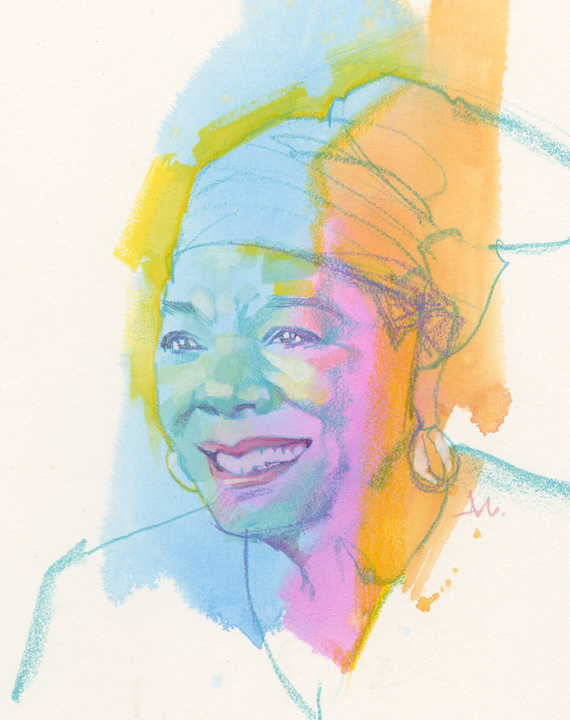

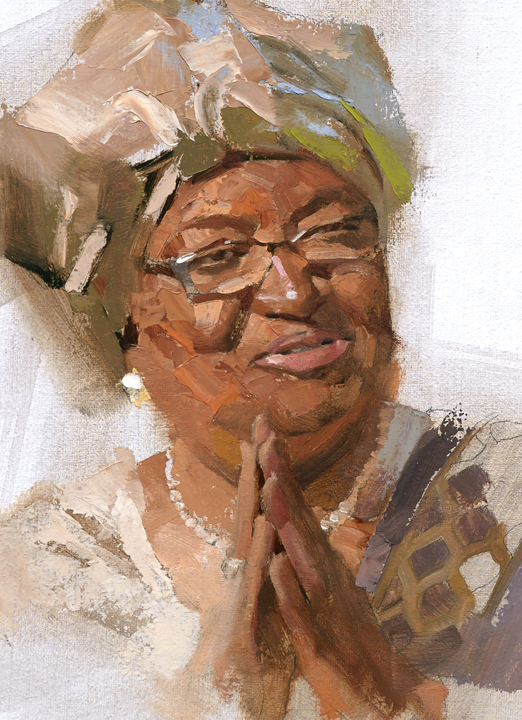
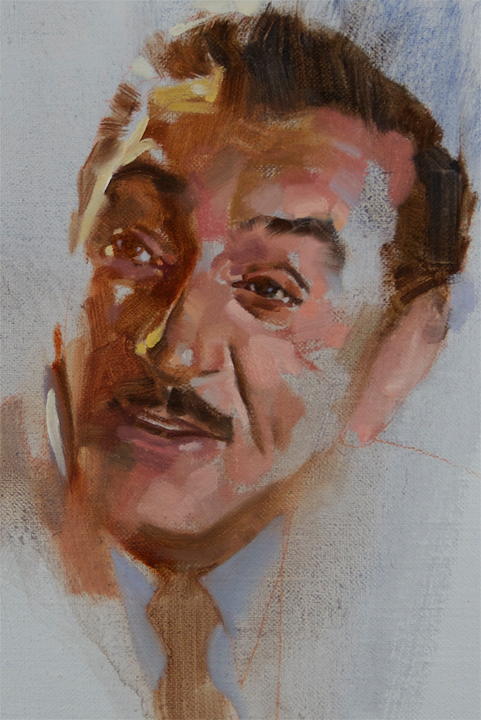
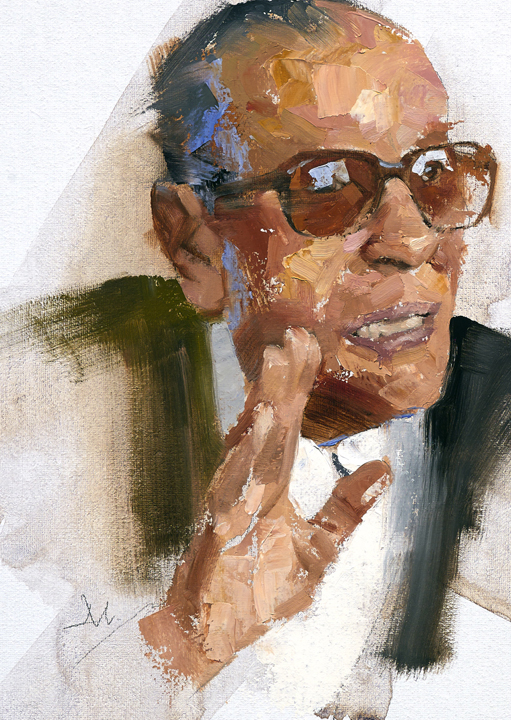
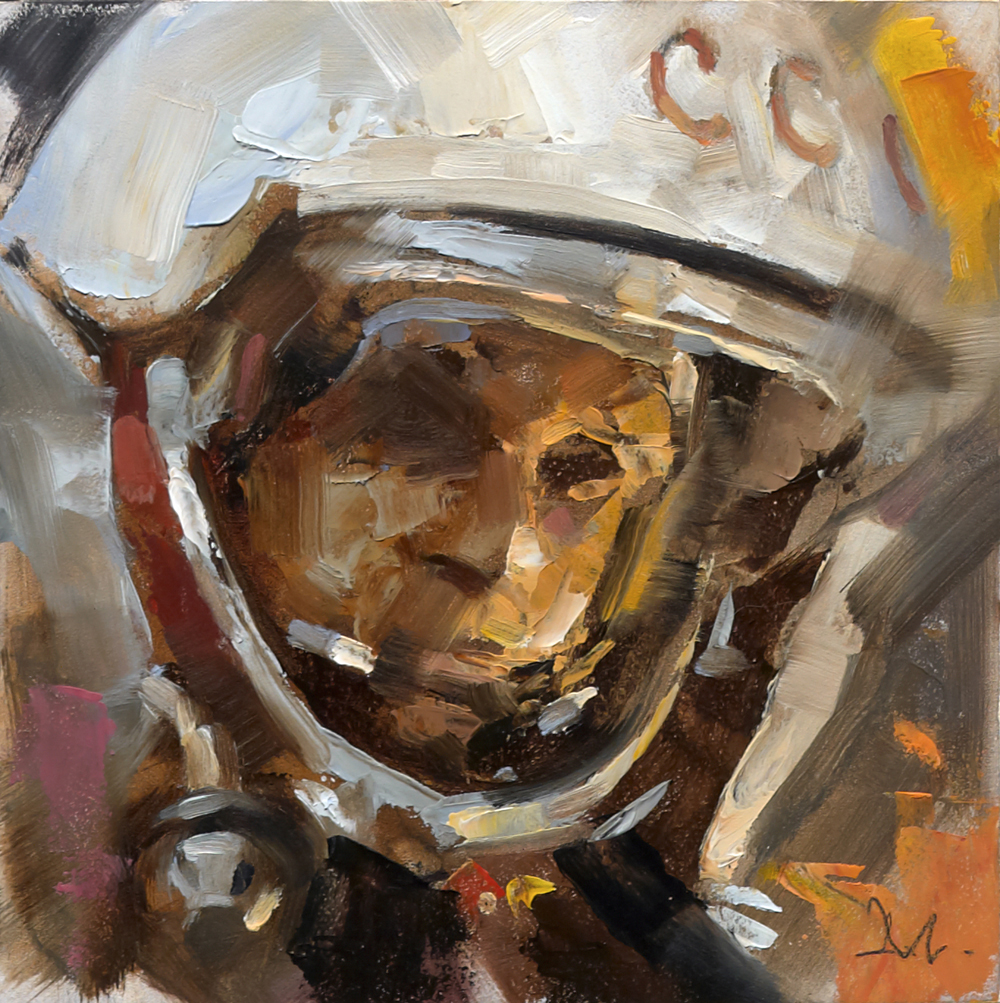
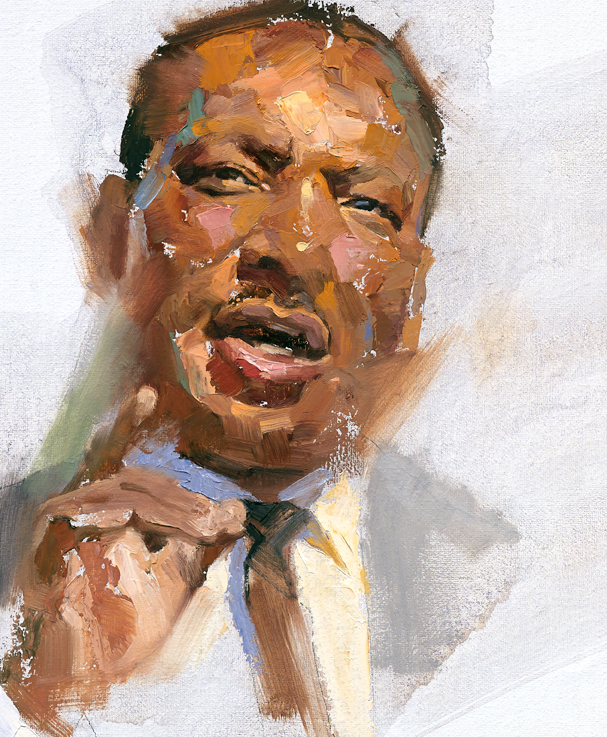
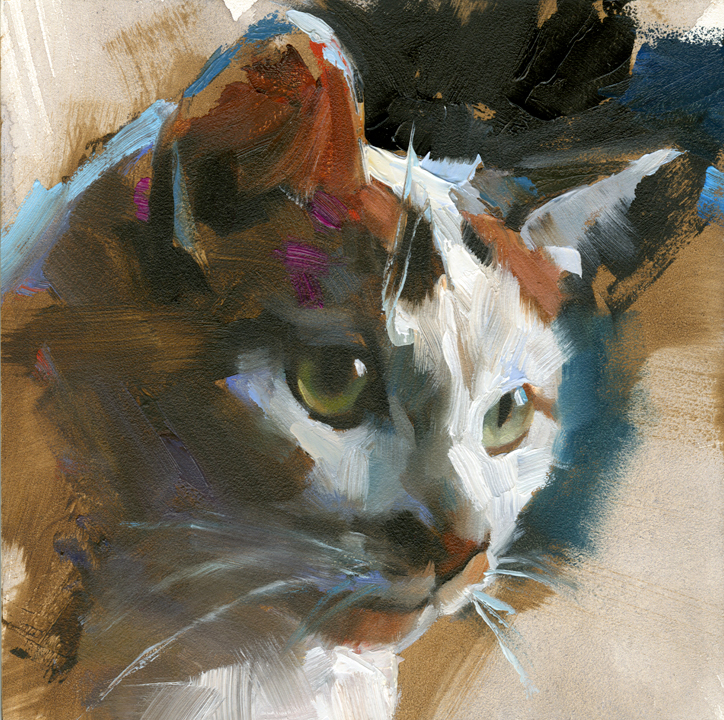
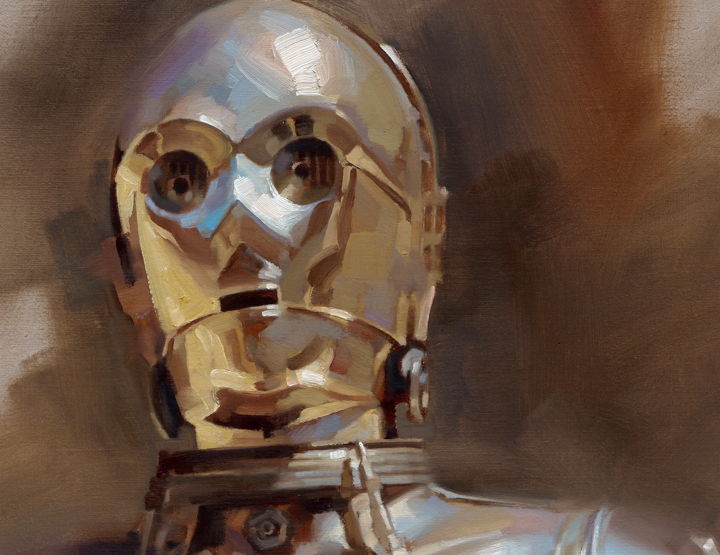

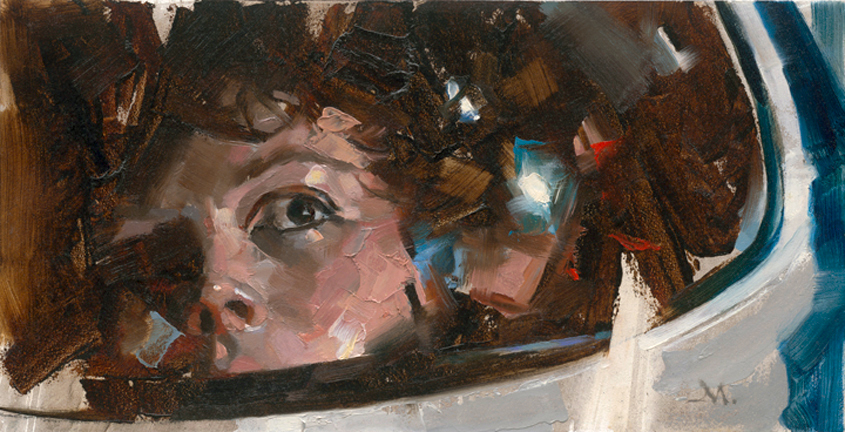
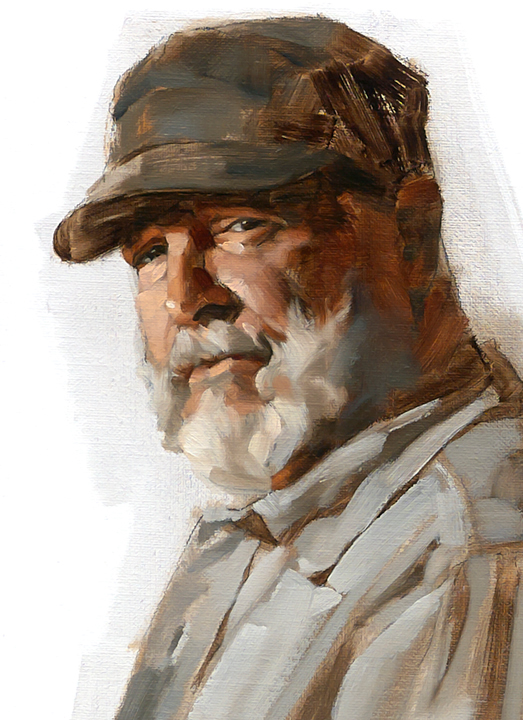
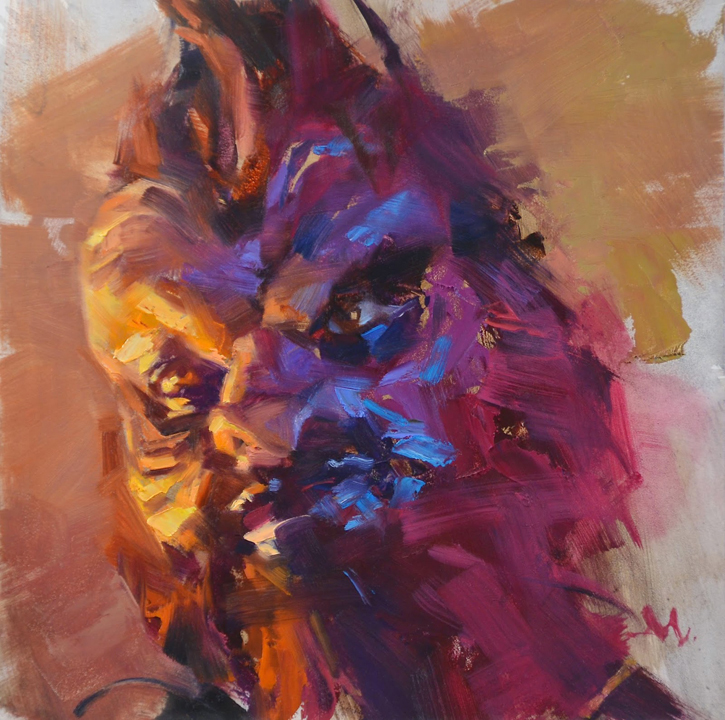


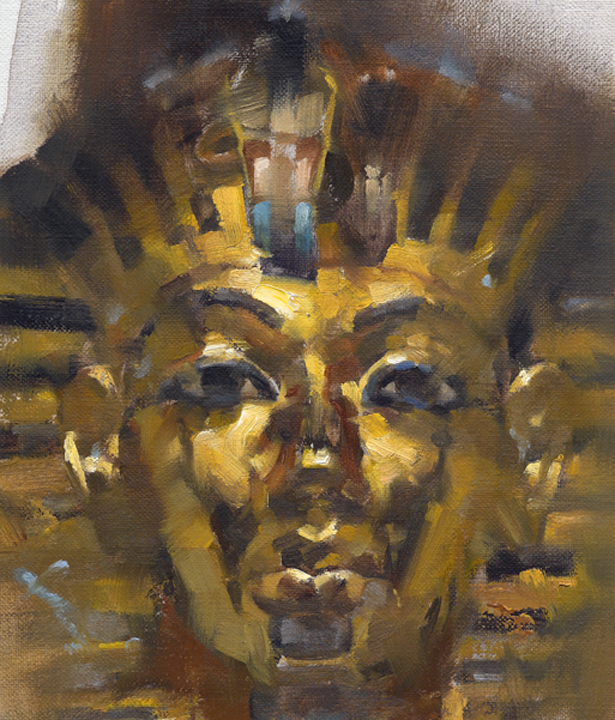
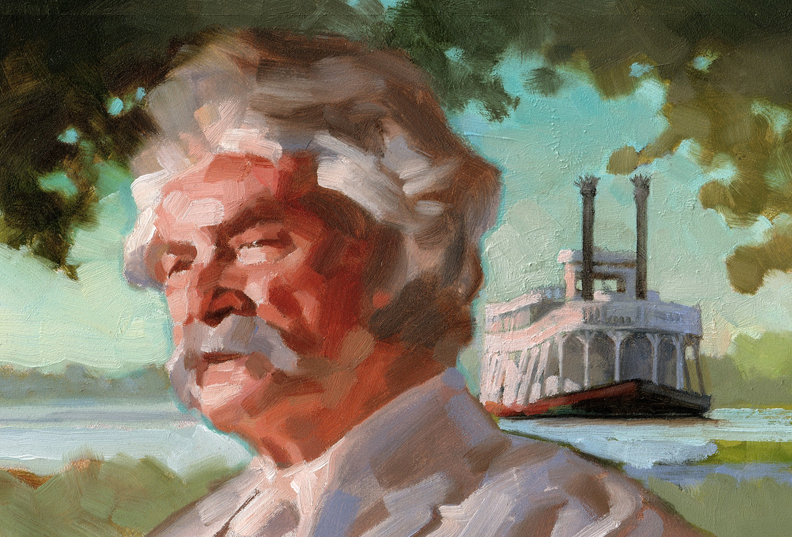

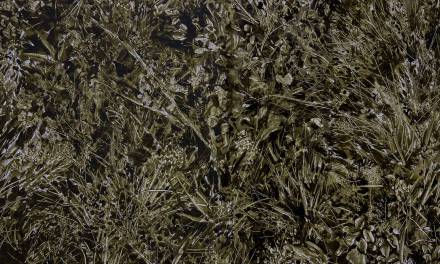
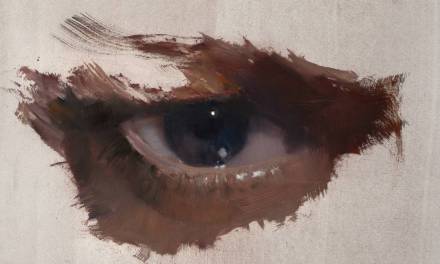
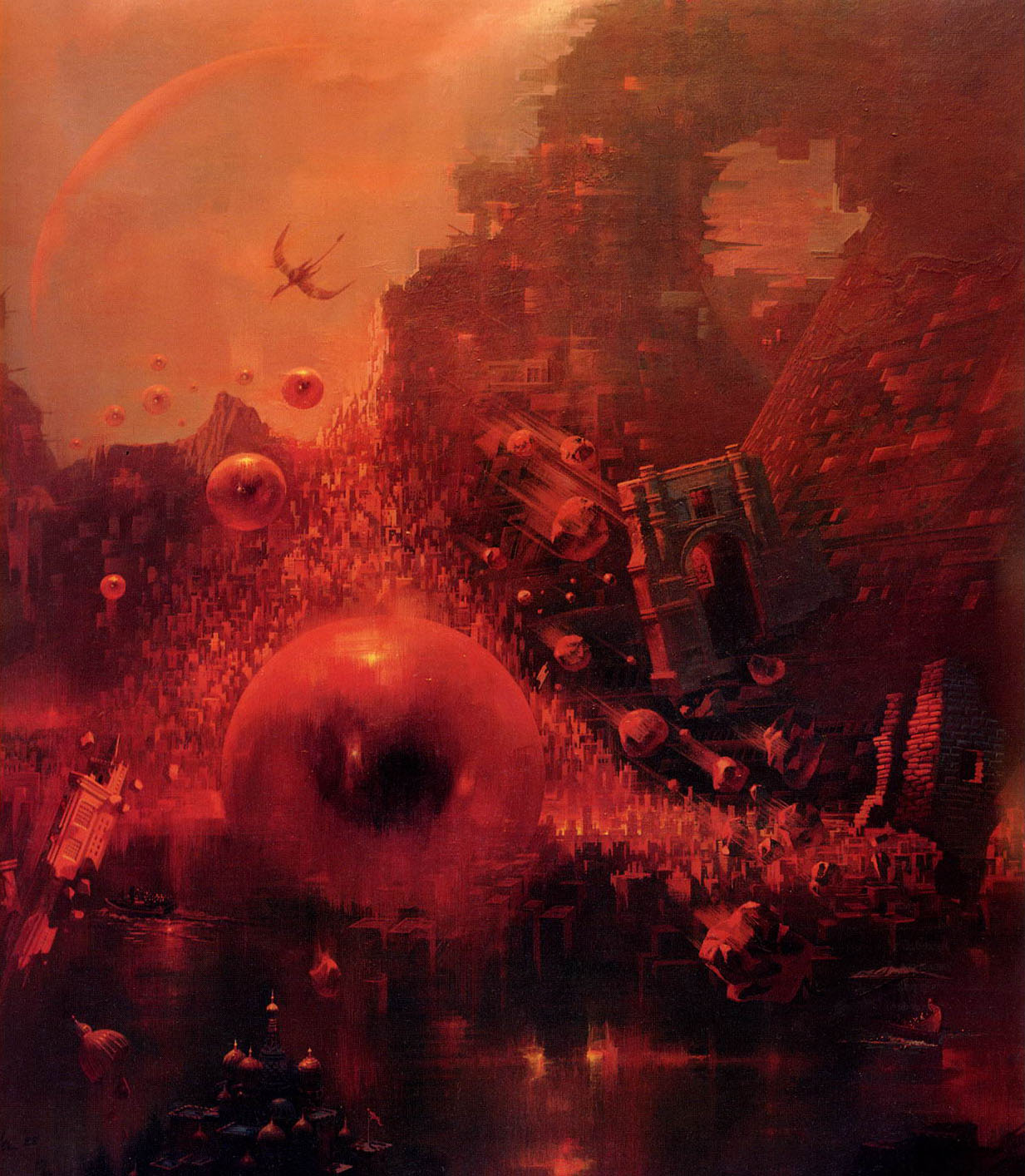

What a fantastic class, Greg! Make sure to record it all for posterity—a trip through the mind of a master face-painter and visual people-reader is a national treasure!
Who better than to receive such amazing knowledge from Greg and it’s always great to improve and push yourself further as an artist/storyteller.
For those of us unable to attend a semester with you I hope we get to see a live demonstration online!
Just signed up! Can’t wait for you to kick my ass again, Greg (and to see your face – it’s been too long). Maybe this time it’ll stick.
Aww, you guys are great for saying all that. I will, Iain! Arkady! Can’t wait to see you , my friend! Let’s kick this semester’s butt! : )